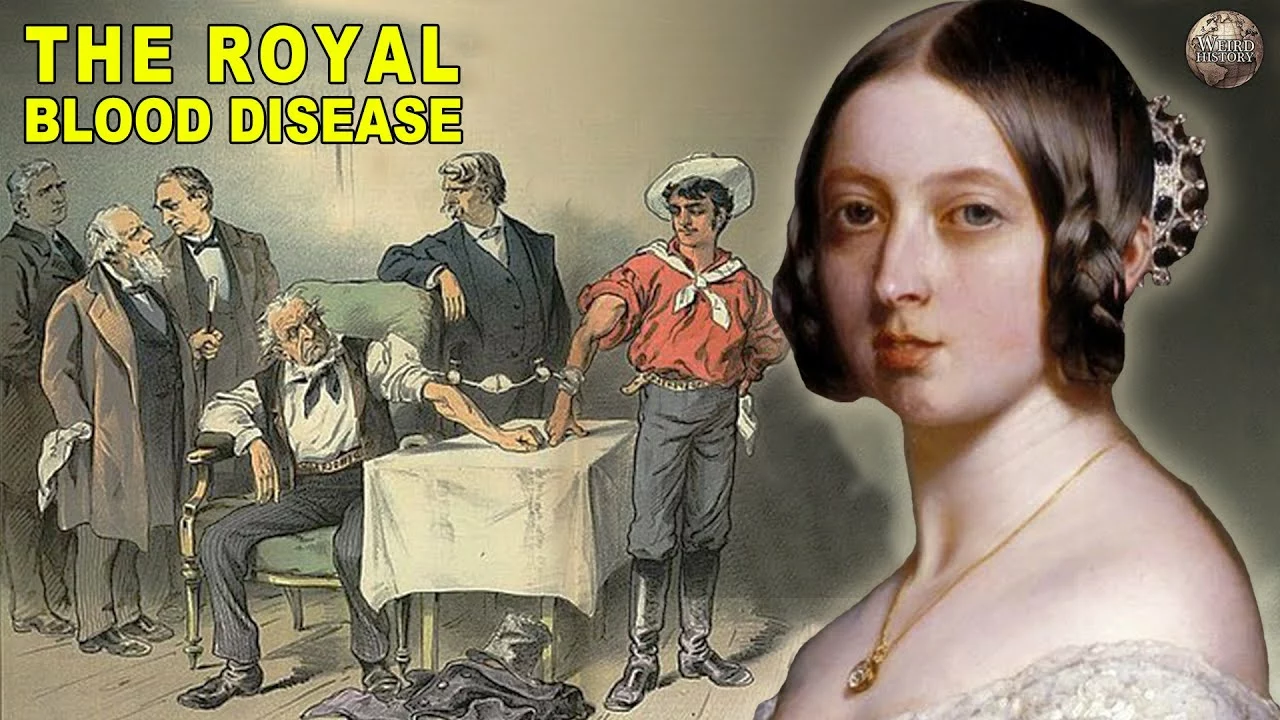History of Medicines: From Ancient Remedies to Modern Drugs
If you’ve ever wondered why we take a pill instead of chewing bark, you’re not alone. The story of medicine is full of trial‑and‑error, lucky discoveries, and clever people who turned simple ideas into lifesaving treatments. This guide walks you through the biggest moments that shaped what we use today.
Ancient Roots of Healing
Early humans relied on plants, minerals, and a bit of superstition. In ancient Egypt, doctors wrote recipes on papyrus—think honey for wounds and willow bark for pain (the ancestor of aspirin). Across the world, Chinese healers mixed herbs in soups, while Indigenous peoples used sage, pine resin, and even animal parts.
What’s surprising is how many of those old tricks survived. Modern researchers still test ancient compounds because nature often hides powerful chemicals. For example, the malaria drug quinine came from the bark of the cinchona tree, a remedy used by South American tribes long before Europeans caught on.
Turning Points in Pharmaceutical Science
The real game‑changer arrived in the 19th century with chemistry becoming a science. In 1820, Friedrich Sertürner isolated morphine from opium—this was the first time anyone extracted a single active ingredient. Suddenly doctors could give patients precise doses instead of vague plant extracts.
Fast forward to 1928 and Alexander Fleming’s accidental discovery of penicillin. That mold‑produced antibiotic turned deadly infections into manageable conditions and sparked the golden age of antibiotics in the 1940s and ’50s. The world went from fearing a simple cut to seeing it as a minor inconvenience.
Vaccines also reshaped history. Edward Jenner’s smallpox vaccine in 1796 proved that you could train the immune system to fight disease without getting sick first. Today, vaccines for flu, HPV, and COVID‑19 owe their design to that early experiment.
The latter half of the 20th century saw drugs targeting specific body processes. Statins lowered cholesterol; beta‑blockers calmed heartbeats; and antiretrovirals turned HIV from a death sentence into a chronic condition. Each breakthrough built on labs, clinical trials, and the lessons learned from earlier failures.
What ties all these milestones together is a pattern: observation → hypothesis → testing → refinement. Whether it’s an ancient healer noticing that willow bark eases pain or a biotech startup using CRISPR to edit genes, the cycle repeats.
Looking ahead, history suggests we’ll keep finding new ways to treat disease. Gene therapy, personalized medicine, and AI‑driven drug design are already on the horizon. The past tells us that breakthroughs often start with curiosity and a willingness to challenge old ideas.
So next time you pop a tablet, remember it’s part of a long story—one that began with people chewing bark and ends with scientists programming cells. Knowing where we came from helps us appreciate how far we’ve come and why staying informed matters for our health today.
The History of Hemophilia: From Royal Disease to Modern Management
In my latest research, I delved into the fascinating history of hemophilia, a blood clotting disorder once dubbed the "royal disease." It earned this nickname due to its prevalence among European royalty in the 19th and early 20th centuries, most notably affecting Queen Victoria's descendants. Over time, our understanding of hemophilia has significantly improved, leading to better diagnosis and treatment methods. Nowadays, people with hemophilia can lead relatively normal lives thanks to advancements in medical management. It's truly amazing to see how far we've come from the days of this once-devastating disorder.
© 2025. All rights reserved.

